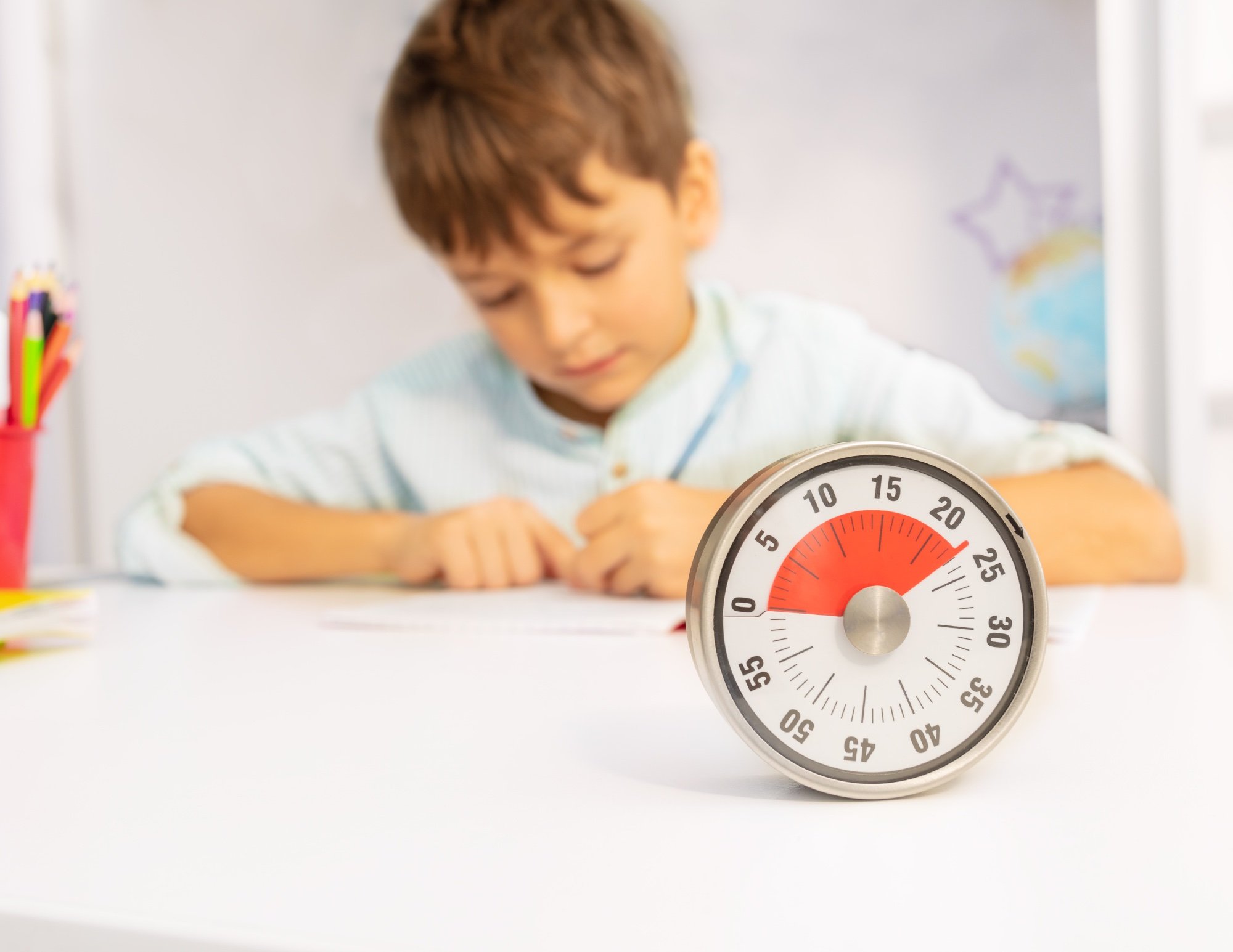When children are aware of their needs and, more importantly, how to communicate those needs, they can unlock a skill that promotes life-long success. Teaching children to advocate for themselves is a gradual process that involves weaving in age-appropriate strategies over time. The eventual goal is for every child to feel comfortable actively advocating for themselves in a variety of situations. Teaching self-advocacy skills to children involves building upon the foundation of both their self-awareness and confidence, starting from an early age.
Cultivating a Strong Sense of Self
Before even beginning to teach self-advocacy skills and language, it is crucial to nurture children and encourage them to build a strong sense of self. The more a child is in touch with their needs, wants, emotions, and feelings, the more they are able to connect those with the idea of asking for what they need in any situation. Refer to our past blog here, which gives specific strategies for supporting children as they develop a sense of self.
Encouraging Independence
As caregivers and educators, it is tempting to intervene when children face challenging situations. The natural instinct to find the path of least resistance can be strong. However, constantly stepping in when things get hard can eventually send a message to children that they are unable to do hard things without help, which can ultimately hinder their confidence. Instead, provide them with space and support to tackle obstacles on their own. By giving children time and grace to work matters out for themselves, they gain problem-solving skills, critical thinking skills, and confidence in themselves. These skills will all help them become better advocates for themselves down the road.
Developing a Language Toolbox
Equipping children with the language to articulate their needs is another important factor in teaching self-advocacy. For example, a child may know that they need certain accommodations in the classroom at school, but being able to actually voice those needs to their teachers requires a set of vocabulary they probably don’t inherently know how to utilize. Role-playing difficult situations is one wonderful way to teach children the foundation of vocabulary needed to advocate for themselves. When children have the language that they need readily at their fingertips, they will feel more empowered and confident, even in tricky situations. This website provides some great “self-advocacy” sentence starters for children with all kinds of specific needs in school!
Assigning Responsibilities
Providing children with tasks that they can complete on a regular basis not only makes them feel important but is also a great confidence booster. As they accomplish tasks, they realize their capabilities, ultimately allowing them to assert their wants and needs. Responsibilities should be given and adjusted as children continue to age. This blog gives some great ideas for age-appropriate chores for children from ages 2–18!
Teaching children to advocate for themselves lays the groundwork for a successful future. By fostering self-awareness, independence, language skills, and responsibility, we empower them to navigate challenges confidently and assert their needs effectively.
Written by Laine J.




















